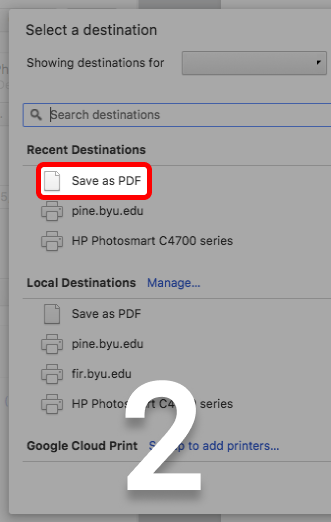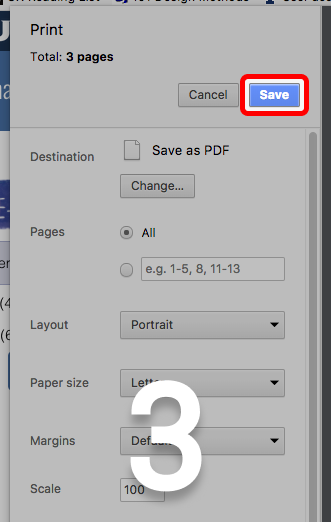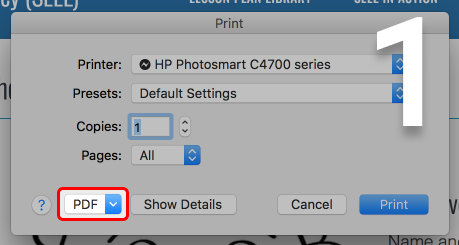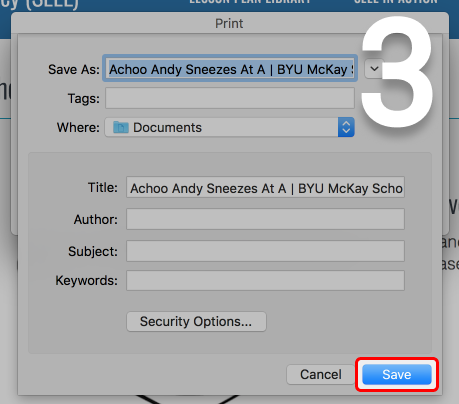So Low
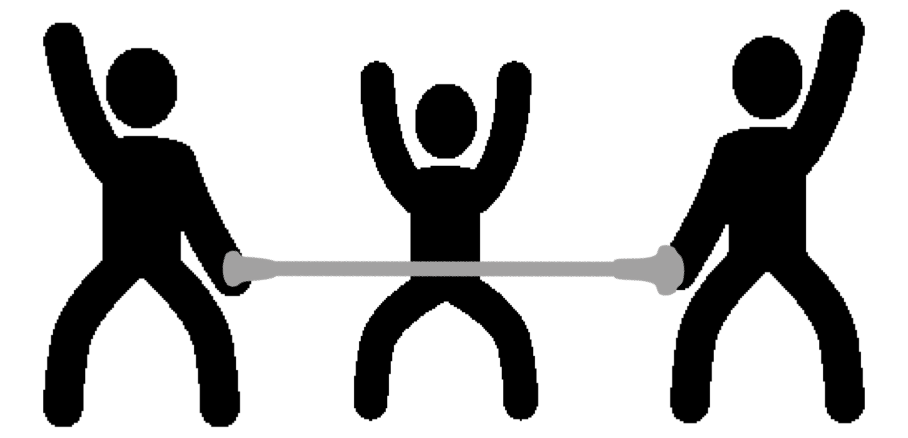
Objective
Recognize words that rhyme with low (e.g., "Do go and low rhyme?") and produce rhyme words (e.g., "Think of a word that rhymes with low.").
Lesson Plan
Target Words:
- go
- so
- no
- low
- slow
- show
- limbo
Materials:
- Long stick or pole (can use a yardstick or meter stick)
- Music (optional)
State and model the objective
Tell the children that they will learn how to do the limbo and hear and say words that rhyme with low.
Practice the skill within an activity
So low
- Ask two children to help hold the long stick or pole and tell the other children to line up behind the long stick or pole.
- Tell the children that they will be doing the limbo dance where they will go under the stick or pole and see how low they can go.
- Turn on music (optional) and have the children take turns doing the limbo by leaning back as they go under the pole.
- Have the children cheer on the other children by saying, "How low can you go?"
- Have the children line up again for a second round.
- Lower the stick or pole each round and see who can go the lowest.
- Before each child does the limbo this time, ask each child to think of a word that rhymes with low.
- If a child doesn't respond in a few seconds, give him/her an option:
- "How about go? Does go rhyme with low?" (Nod your head yes to let the child know that they rhyme).
- "Do mow and low rhyme?" (Nod your head yes)
- As each child thinks of or recognizes a word that rhymes with low, invite him or her to go low under the limbo stick.
- Repeat the game as many times as desired.
Apply the skill
Practice rhyming
- Recognize rhyming words
- Have the children repeat a set of 2 words (e.g., low, show).
- Ask the children to put their thumbs up if the words rhyme and their thumbs down if the words do not rhyme.
- Repeat with other sets of words: (e.g., row, tow; hoe, bow; go, locks; so, dough; crow, chicken; mow, throw).
- If children do not respond correctly, repeat the 2 words, emphasizing the ending sounds of the words.
Practice blending and segmenting sounds in words
- March and say the sounds in words
- Tell the children that they will practice saying words that rhyme with go in fun ways.
- Have the children march and say the beginning and ending sound of the word go:
- Segment sounds: say /g/ (march right), say /o/ (march left)
- Blend sounds: jump with both feet and say low to blend the sounds into a word.
- Repeat with other words that rhyme with low (e.g. slow, so, no, show, etc.)
Read More
Standards
SEEL lessons align with Common Core Standards. Please see the standards page for the code(s) associated with this lesson.

http://education.byu.edu/seel/library/
183758
So Low







